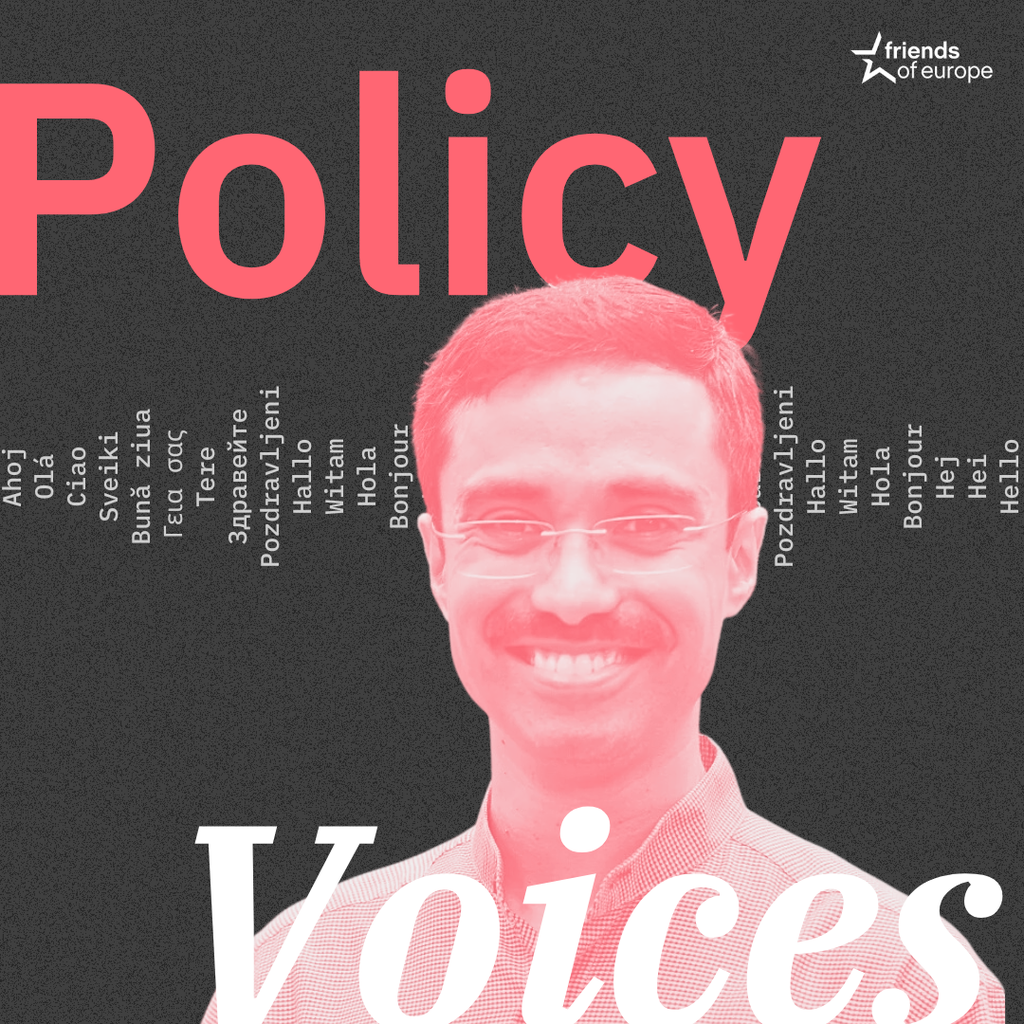A European agenda for space: resilience, security and sovereignty
Past event In person

- Area of Expertise
- Digital & Data Governance
Digital & Data Governance

Project officer for the partnership between FEANTSA, the European Federation of National Organisations Working with the Homeless and Foundation Abbé Pierre
Housing has different functions for different groups of people: it provides a home for residents and work for builders and planners. It is a considerable economic burden for some and a source of wealth, status, profit or authority for others.
Housing is a social right according to various international and European treaties that have been used for decades by supranational courts to set legal standards. Respecting the right to housing is no longer a political choice but a legal obligation. Housing is a key component of territorial and urban policies – something that should be considered when speaking about any kind of housing solutions.
The growing imbalance between supply and demand of affordable housing is a reality across Europe. Innovative thinking and strategies should focus on finding solutions to the lack of housing in tight housing markets ‒ that is where the urgent need lies.
More and more people are faced with homelessness and social housing waiting lists are getting longer in the majority of major European cities. Construction quotas, rental and urban planning regulations and rehabilitation are the common tools of public housing policy for providing more affordable housing.
Local, community-based strategies ‒ often led by local authorities, inhabitants and other local partners ‒ also have their role in this raft of initiatives for more affordable housing. This involves the creation of new economic and land tenure models, such as intermediate tenures, cooperatives and community land trusts, as well as of different schemes to re-use vacant real estate.
Housing is a social right according to various international and European treaties
Demand for housing is concentrated in areas that are attractive in terms of employment. This, in turn, leads to flight from less attractive areas. The increasing role of metropoles in economic growth allows for ever-tougher competition between large, dynamic cities, and widens the gap between these ‘model students’ and other living areas ‒ medium-sized cities and towns, and suburban and rural areas. Some of these areas can face abandonment and shrinkage.
Caused by deindustrialisation, the shrinking cities phenomenon has spread at different speeds from one European country to another since the 1980s. This partly explains why these processes were considered and analysed by academics and policymakers at an early stage in just a few countries (such as Germany and the United Kingdom), and why they are still considered unimportant in most (like France, Italy, Spain and Portugal).
But why are shrinking areas now ripe for innovative housing solutions that can respond to very diverse needs and highly differentiated territories?
First, these shrinking areas are characterised by a slack housing market, with excess supply, a lack of demand and high rates of vacant real estate.
Despite this, the lack of a certain type of housing can occur in parallel with an overall surplus. As such, mobility between the private and social rental sectors and home ownership becomes very limited, and the severe lack of certain types of housing can occur even in underpopulated areas. Strategies to ‘re-tighten’ the housing market have to be adapted, targeted and highly diversified to include rehabilitation, de-densification (targeted demolitions and reuse of urban brownfields) and diversification of housing options. But these operations cannot yield positive results if they are not integrated into a global strategy.
Second, housing in these contexts must be considered through transversal, joined-up and integrated urban strategies, with adaptable methods of implementation according to the chosen scale and the context of the area. In France, local organisations that provide and manage public housing are key players in the emergence of innovative strategies dealing with shrinkage.
In Germany, local utility operators are proactive in working together to improve local infrastructure. In Italy, some local authorities want to ward off shrinking population centres by welcoming and integrating asylum-seekers. In the United Kingdom, innovative ways to manage land allow for cooperative and participative initiatives to take place.
Third, unwanted trends in these areas, such as an ageing population, high rates of unemployment, high vacancy rates, derelict housing and poor local infrastructure, can be reversed and used as opportunities with some external financial support and common political will from different stakeholders.
These stakeholders may have to broaden their initial missions and working methods to implement integrated approaches. In France, for instance, the growth of the social housing sector accompanied industrialisation, and it is now challenged by economic and societal mutations. The conditions created by shrinkage have an impact on the economic model and the profession of social landlords: their work is now less about construction, and more about property arbitration and providing services.
The question should be how to improve the quality of life with existing resources and sustainable methods, while involving residents and local stakeholders in the process
The shrinkage should also have an impact on the way local, regional or even national authorities see the housing issue: they need to move away from the thematic approach to adopt a global and transversal one, linking housing with urban and spatial planning, social cohesion, employment and economics, transport and environment.
Finally, alternative urban policies in the context of urban shrinkage offer promise for innovative thinking on housing. The challenges and opportunities of urban areas in this state can lead to wider partnerships and collaboration between the different actors involved in local governance and increase residents’ and local groups’ opportunities to influence their environment. It represents the opportunity for renewed urban planning strategies that aim to improve the quality of life of current inhabitants ‒ to allow them to stay ‒ rather than focusing on welcoming targeted and wealthy new-comers.
The question should not be how to foster economic growth to reverse urban decline, but rather how to improve the quality of life with existing resources and sustainable methods, while involving residents and local stakeholders in the process.
European processes and networks should better represent this territorial divide. Europe should stop calling repeatedly for ‘growth recovery’ when this objective automatically creates winners and losers out of attractive cities and neighbourhoods.
Growth in some contexts is just an illusion, and we should focus on more realistic and adaptive strategies instead. Europe should draw on the experiences of these numerous shrinking areas, where innovative policies can serve to improve territorial resilience and the quality of life of all inhabitants.
Past event In person

Next event In person & livestreamed

Past event Online

Past event In person





Stay informed
We use cookies and similar technologies to adjust your preferences, analyze traffic and measure the effectiveness of our campaigns. Learn more about our privacy policy.